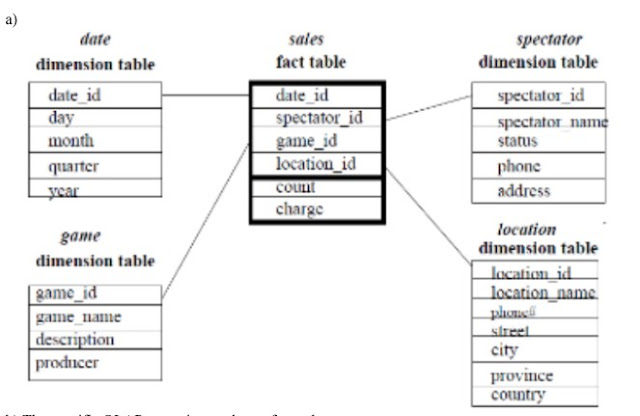Describe the different methods of planning.
Methods of Planning
Organizations adopt different methods of planning. Unlike the traditional organizations, modern organizations adopt the decentralized method planning. The following are the principal methods of planning.
1. Top down method: Under this method, the top levels are actively involved in planning process. They formulate goals, policies, programs and strategies of the organization and circulate to the lower levels for their implementation. The middle and lower levels do not participated in planning process. The top down approach assumes that the top levels only have knowledge, skills and authorities of planning.
2. Bottom-up method: This is opposite to the top down method. Under this method, the middle and lower levels formulate plans and lend to the top level for change and adjustment. The top levels donot give any and suggestions to the lower levels. This method assumes that the lower levels have proper knowledge and capability of planning. This is a participatory method of planning. It follows the democratic ways planning. Hence, it is easier to implement the plans. of directions
3. Mixed method: This method is the combination of top down and bottom up methods. Under this method, the top level provides necessary direction about planning to the lower levels regarding the nature structure of plan. However, the lower levels have autonomy and flexibility on the planning process. The lower levels, prepare plans present to the top level. The plan is discussed with the lower levels and and and finalized. All the levels of the organizations actively participate in planning process. Hence, it is easier to implement the plan. Management by objective (MBO) is an example of mixed method of planning.
4. Team method: Under this method, a team is formed for formulating plans. The team consists of line managers and staff exports who work under the leadership of chief executive or chairperson. The team gathers information from external and internal sources and prepares plans accordingly. The plans are finally reviewed and approved by the top level or BOD. This method is also a participatory method of planning.




Comments
Post a Comment